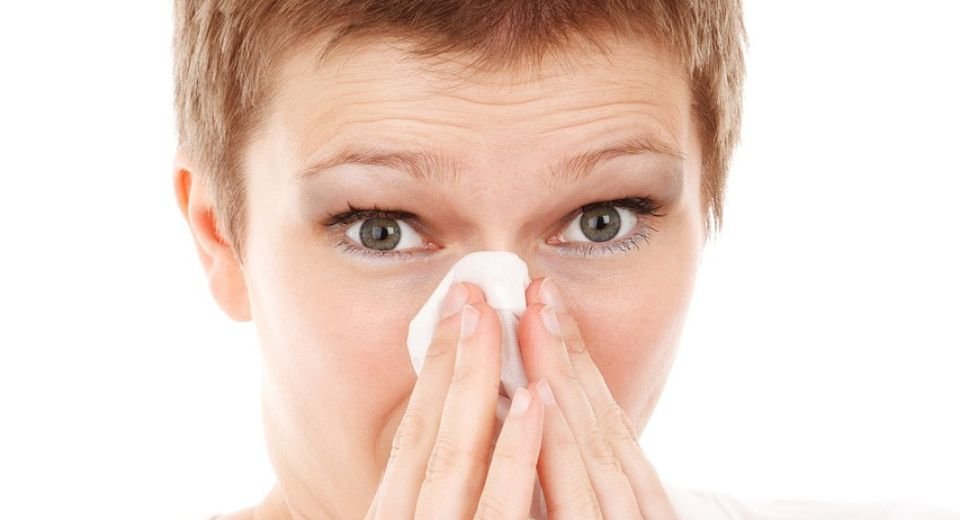By Dr K. Leelamoni
January 3, 2024: I started fretting a month ago when my friend Radhika stopped answering my cellphone calls. She got back around Christmas Eve with a new number.
The reason behind this move shocked me. She said the doctors diagnosed her with a “cellphone allergy.”
They told Radhika, now on anti-allergic drugs, to discard her old phone and make urgent calls alone.
More than 50 million people in the US experience an allergic reaction every year. They are the sixth leading cause of long-term illness in that country. In India allergies are a growing concern and about 20-30% of the population suffer from at least one allergic disease.
An allergic reaction occurs when our immune system becomes hypersensitive to certain substances called allergens. The allergens may be foods, pollen, medicines, metals and many others which may be harmless to others.
Hereditary risk
Initially, when we are first exposed to an allergen, there may not be any reaction. Later, as the body recognises this material to be an allergen, it starts to build up antibodies to attack it. The process sensitises the body against the same allergen. The body responds in the form of an allergic reaction during a second exposure to the same allergen.
Allergies are very common and can affect anyone at any time. Chances are more if your biological parents have allergies. Allergies are not contagious.
Though there are different types of allergies, cellphone allergy needs a second look. With the rapid increase in smartphone use, allergic episodes are increasingly being reported.
Allergic contact dermatitis in smartphone users was first described in 2000. According to experts, the nickel, chromium and cobalt used to make the cell phone may cause allergy. At other times it is the material used to make a phone’s protective cover is the main culprit.
Cellphones attract allergens
A new study suggests that smartphones are hosts for allergens like pet dander and fungus. It is also reported that the phones are carried wherever we go and we put them down on all surfaces and all sorts of allergens like dust, fungus and pollen get accumulated on the phones.
Symptoms of phone allergy are rash, scaly or dry patches that resemble burns, redness or changes in skin colour and itching. Sometimes hands will be itchy, red, and swollen or a rash may occur on one side of the face where we keep the phone while making calls.
Not using a cell phone is the best answer, though it is unrealistic. Using wireless earbuds, covering the phone with plastic film or switching to a different cellphone or phone case may help sometimes.
Cleaning of the phone as per the manufacturer’s manual also needs to be done. But do not use household detergents for cleaning.
Mould allergy
Mould allergy is a common allergy these days. It is estimated that about 10% of people have mould allergy as per the American College of Occupational and Environmental Medicine.
Mould allergies can be problematic for people with asthma. Mould or mildew can grow on walls, books, clothes, toys and even CDs. They are a form of fungus which can grow indoors and outdoors. They produce spores that spread in the air and are present in all indoor environments.
There is no way to prevent mould. The spores thrive in moist and warm environments and they can thrive on a variety of substances including fabrics, paper, wood, glass and plastics.
In the context of mould allergy, I remember the case of Priya, my daughter’s friend who came from the Gulf to look after her ailing mother.
Priya has an asthmatic history. At home, she tried to clean the cupboard containing her dresses. There was some fungus-like material in the cupboard. After a few hours, she developed severe difficulty in breathing and was in a bad condition and had to be hospitalised for days.
So instead of looking after her mother, she herself became a patient. Such is the case of severe allergic reaction which is a medical emergency and can be life-threatening.
Antihistamines, steroids
Controlling moisture is the key to preventing mould from growing indoors. It is important to keep one’s home clean and well-ventilated. Food like eggs especially egg white, milk, peanuts, shellfish, and wheat can trigger an allergic reaction. Pet fur, insect stings, cockroaches, plant pollens, moulds, and metals like nickel, cobalt and chromium are other triggers.
There is no way to cure an allergy, but it is possible to prevent a reaction. Antihistamines and steroids are needed to manage allergic reactions.
Those at risk of an allergic reaction should avoid exposure to known allergens. To prevent animal-related allergies, avoid petting, hugging or kissing animals. Do not allow them in your bedroom and on your furniture.
Regular vacuuming of carpets and other surfaces helps to remove dust, animal dander, pollen and other allergens. High-efficiency particulate air filters will help to remove airborne allergens. These filters are reported to remove about 99.9% of dust, pollen, mould and any airborne particles with a size of 0.3 microns.
Living with allergies can be challenging. Symptoms can vary from mild to severe. However, with preventive steps, you can lead a fulfilling life.
(The writer was a former Head of the Department of Community Medicine at the Government Medical College in Kozhikode and Thiruvananthapuram and worked at the Amrita Institute of Medical Sciences in Kochi.)

1 Comment